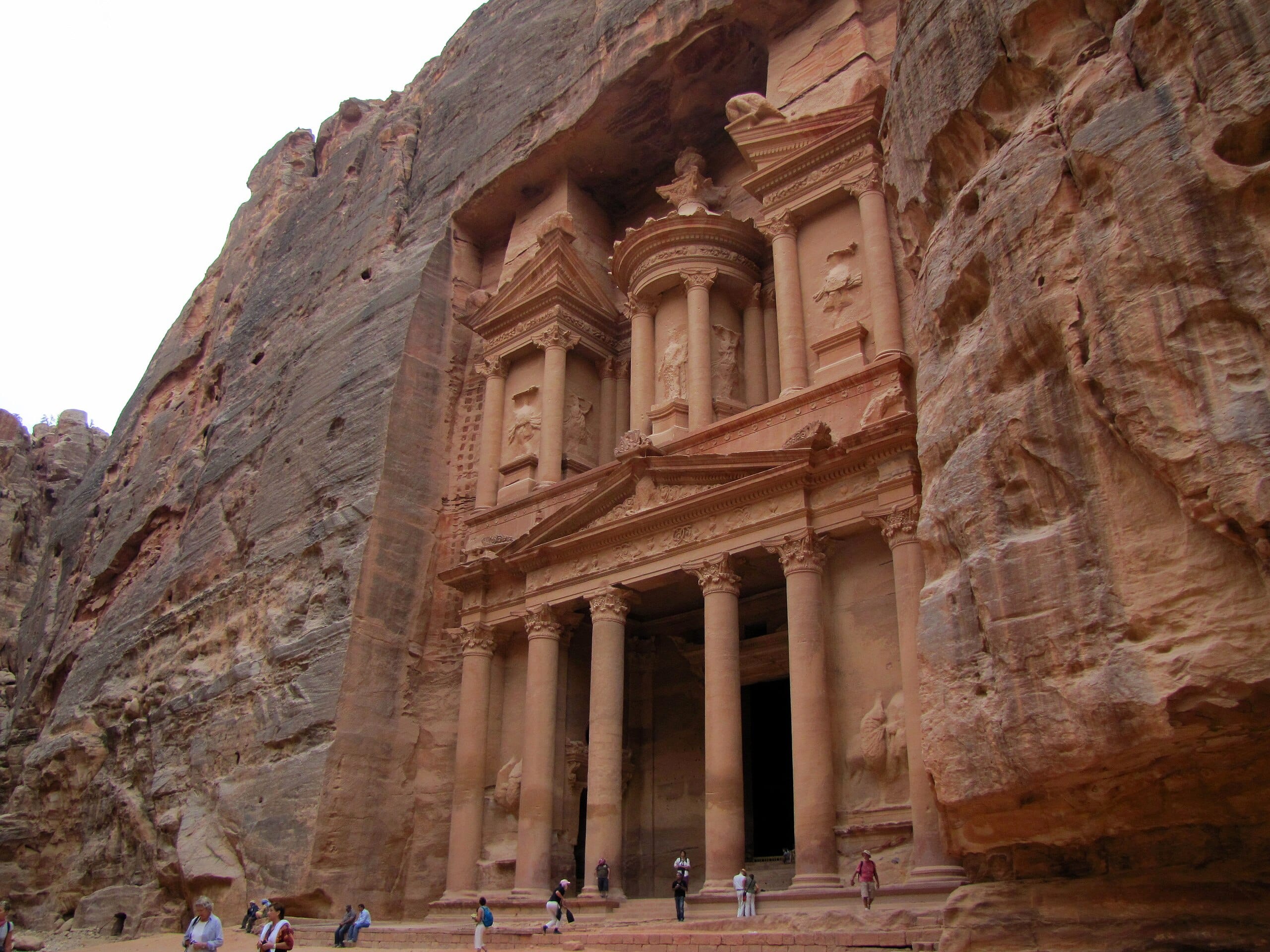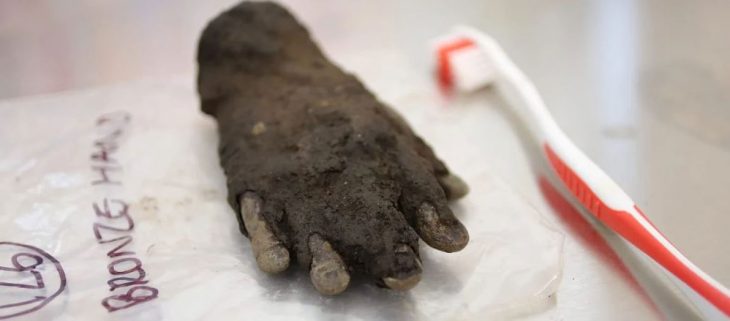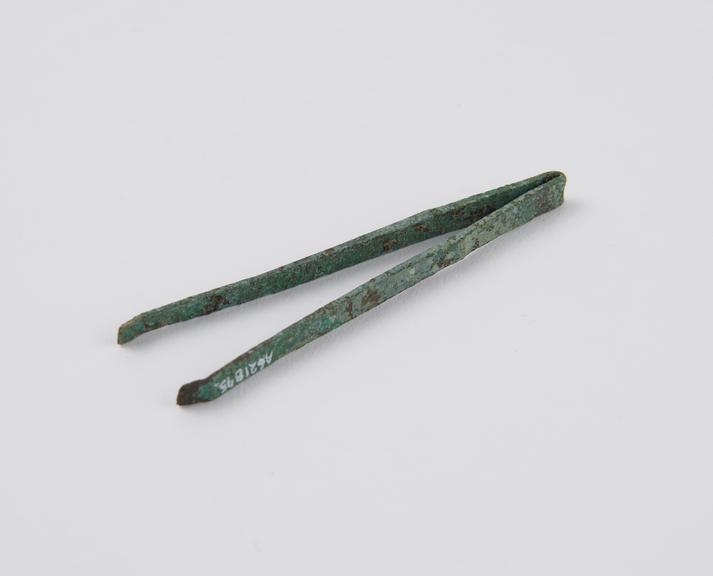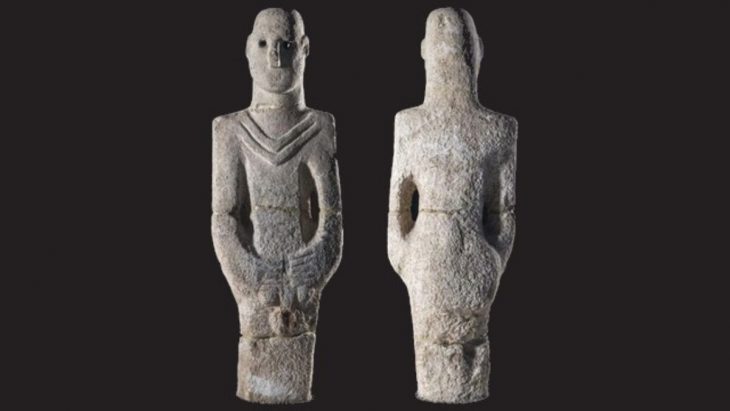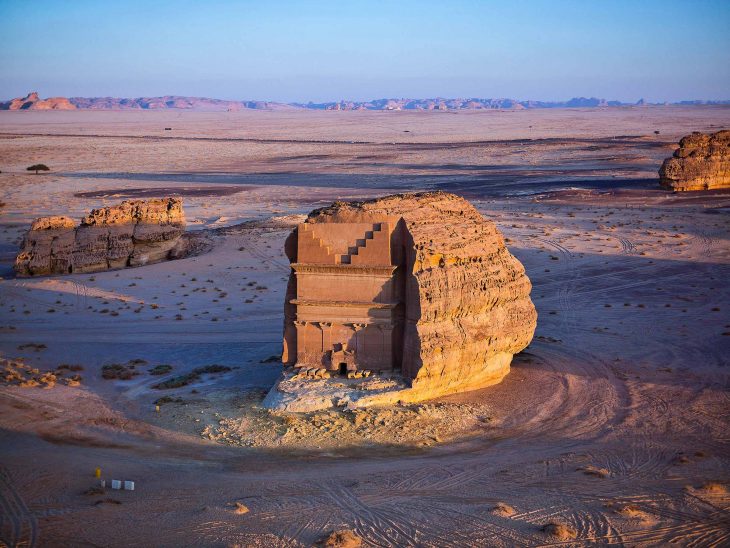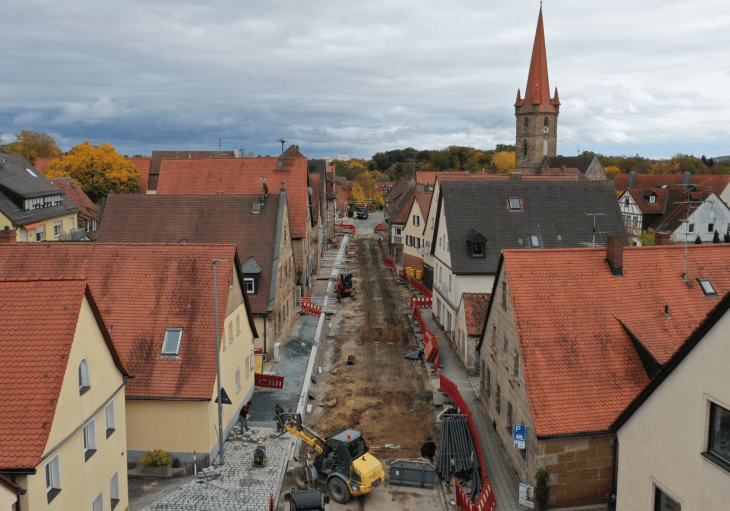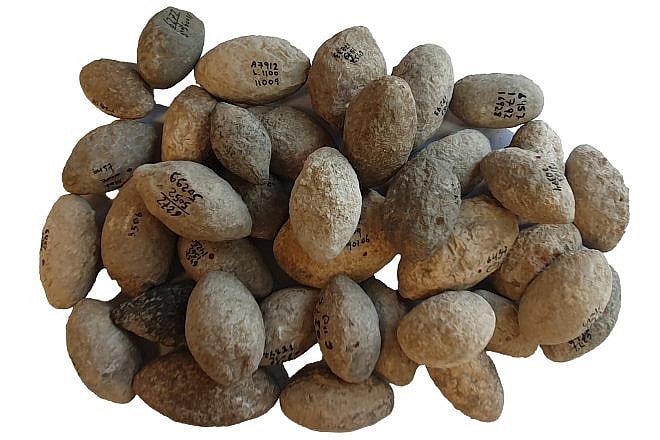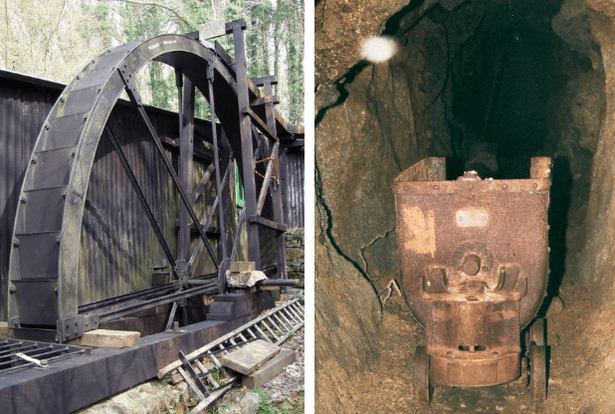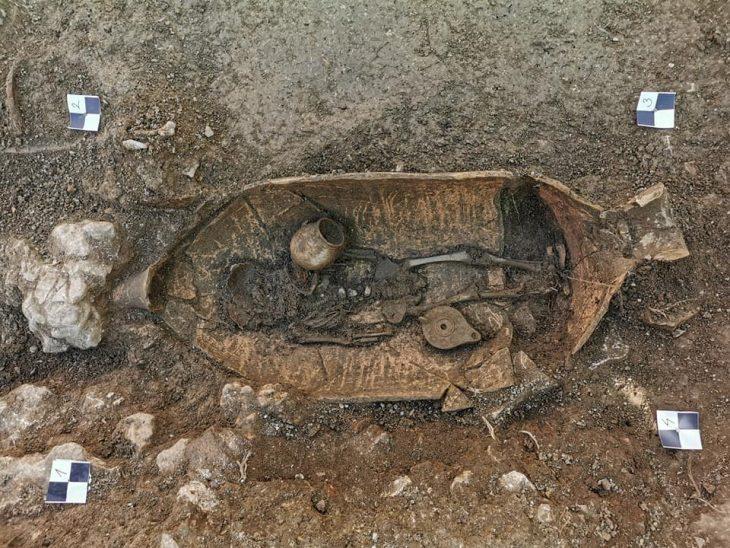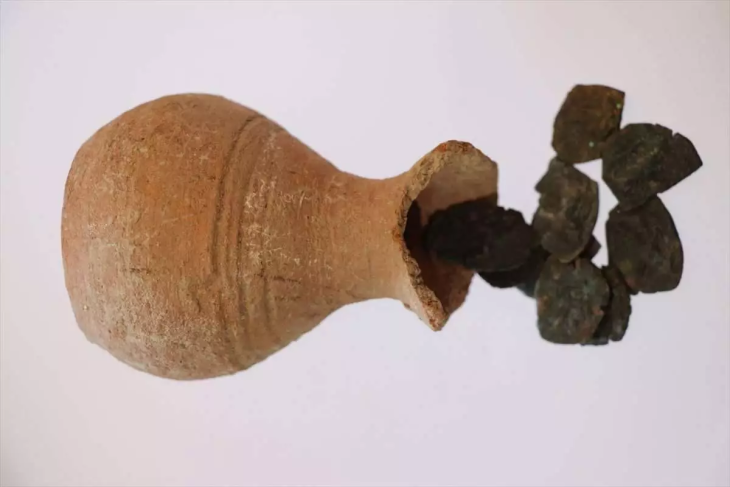A tomb containing at least 12 human skeletons and artifacts estimated to be at least 2,000 years old has been discovered beneath the monument known as the Khaznah, or Treasury, in the heart of the ancient city of Petra in Jordan.
The Treasury, a famous and ornate mausoleum carved into pink sandstone cliffs and believed to be at least 2,000 years old, is Petra’s main attraction and was named one of the New Seven Wonders of the World in 2007. Although no skeletal remains have been discovered inside the Treasury itself, the most widely accepted theory, despite centuries of expert debate, is that the monument functions as a mausoleum.
It has featured in numerous movies including “Sinbad and the Eye of the Tiger” (1977) and perhaps more pertinently, “Indiana Jones and the Last Crusade” (1989).
Archaeologists led by Dr. Pearce Paul Creasman, executive director of the American Center of Research, unearthed the ancient tomb.
The expedition was investigating the Treasury following years of conjecture that there were additional hidden underground chambers besides the two tombs discovered beneath the monument’s left side in 2003. Until now, however, that theory had not been verified.

Earlier this year, Creasman and his team used ground-penetrating radar, a remote sensing method that uses radar pulses to detect underground objects, to check if the physical characteristics on the left, where the original tombs were discovered, matched those on the right. The discovery of striking parallels between the two sides was evidence that they required authorization from the Jordanian government to excavate beneath the Treasury.
With Discovery Channel’s “Expedition Unknown” crew, the team excavated the newly uncovered tomb in August. The actual surprise, however, was what was inside the tomb. While many tombs discovered in Petra were empty or disturbed, the chamber contained complete skeletal remains and grave goods made of bronze, iron, and ceramic.
The intact burial found beneath the Treasury provides rare insight into the lives of the Nabataeans, ancient Arabian nomads whose desert kingdom thrived during the fourth century BC to AD 106, Creasman said.
“This is a hugely rare discovery — in the two centuries that Petra has been investigated by archaeologists, nothing like this has been found before,” Josh Gates, host of Discovery Channel’s “Expedition Unknown said.

“Even in front of one of the most famous buildings in the world … there are still huge discoveries to be made.”
It has also been featured in several movies, most prominently as the site of the Holy Grail in the 1989 film “Indiana Jones and the Last Crusade.”
Among the artifacts were several vessels, with one skeleton found clutching a ceramic chalice that resembled the shape of the Holy Grail. “It really was this awesome moment of history imitating art,” Gates said.
“They must be hugely important people, because where they’re buried is such prime real estate; it really is the main entrance to the city,” Gates said. “I think learning who they are is really going to help unlock part of the story of the Treasury.”
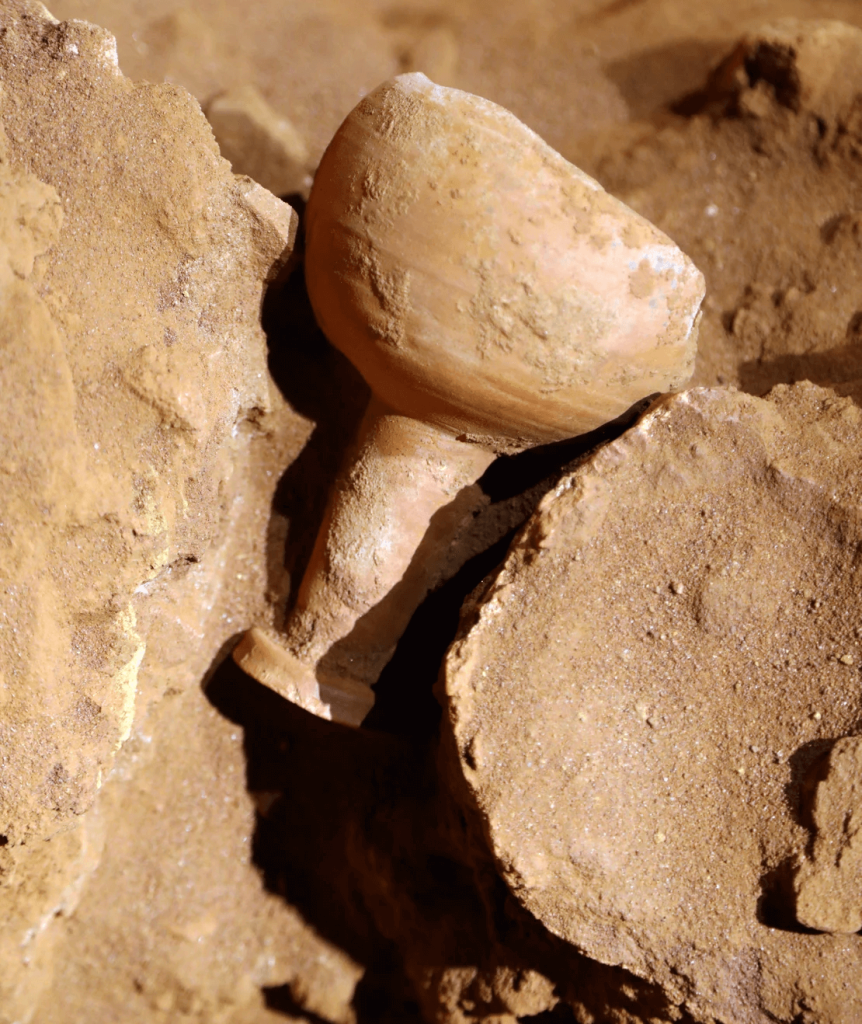
Their burial customs are one unsolved mystery pertaining to the Nabataeans. “The king is more integrated with lower classes than leaders of other civilizations, and Nabataean society is frequently described in literature as being more egalitarian,” Creasman said.
It is difficult to determine whether the newly discovered tombs beneath the Treasury were intended for royalty because, of the Nabataean tombs discovered thus far, there does not appear to be a significant difference between royal and ordinary burials.
Their findings can be viewed in full in the latest episode of the Discovery Channel’s “Expedition Unknown” (season 14, episode 1).
Cover Image: Al Khazneh, Petra, Jordan.

